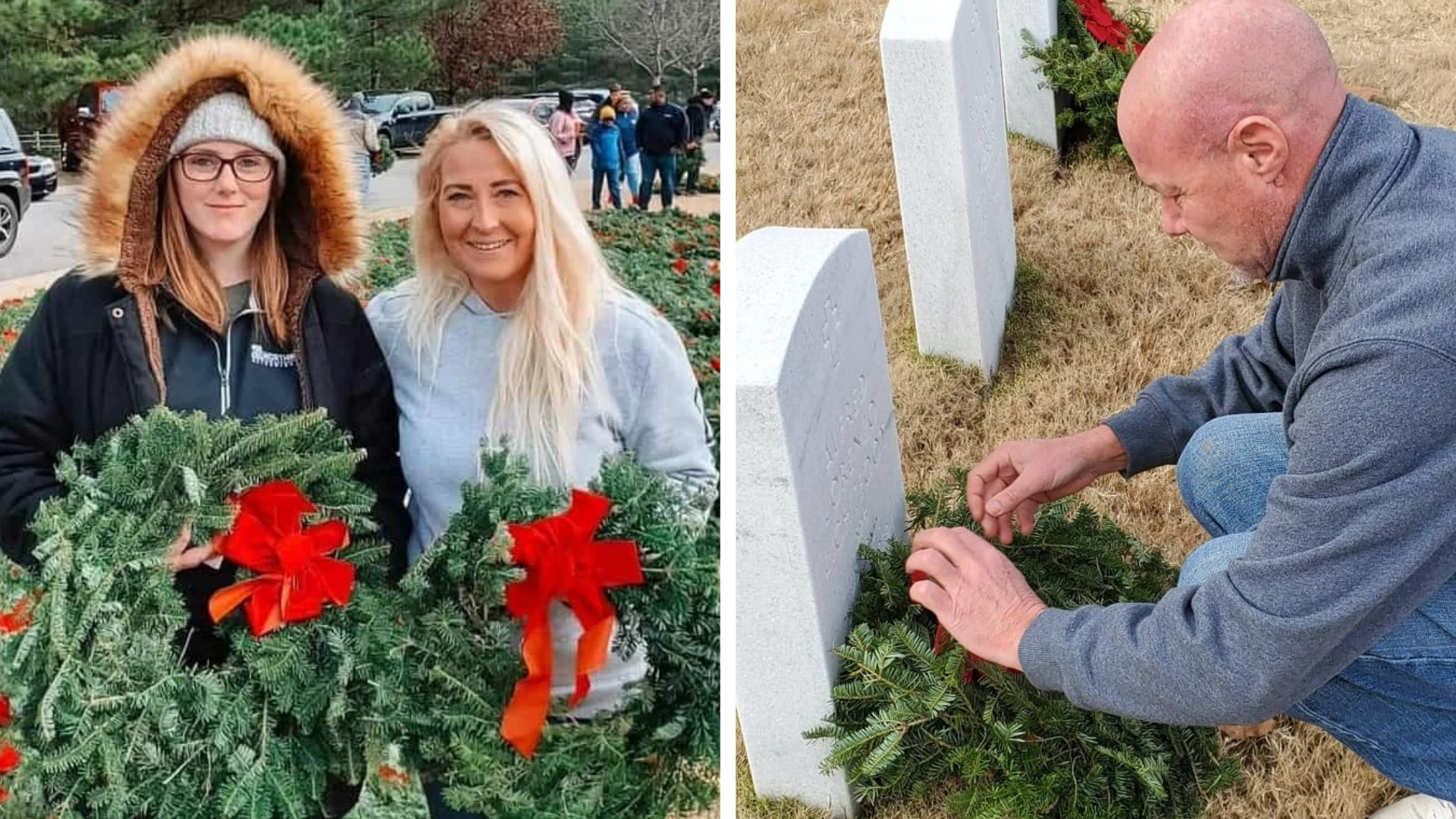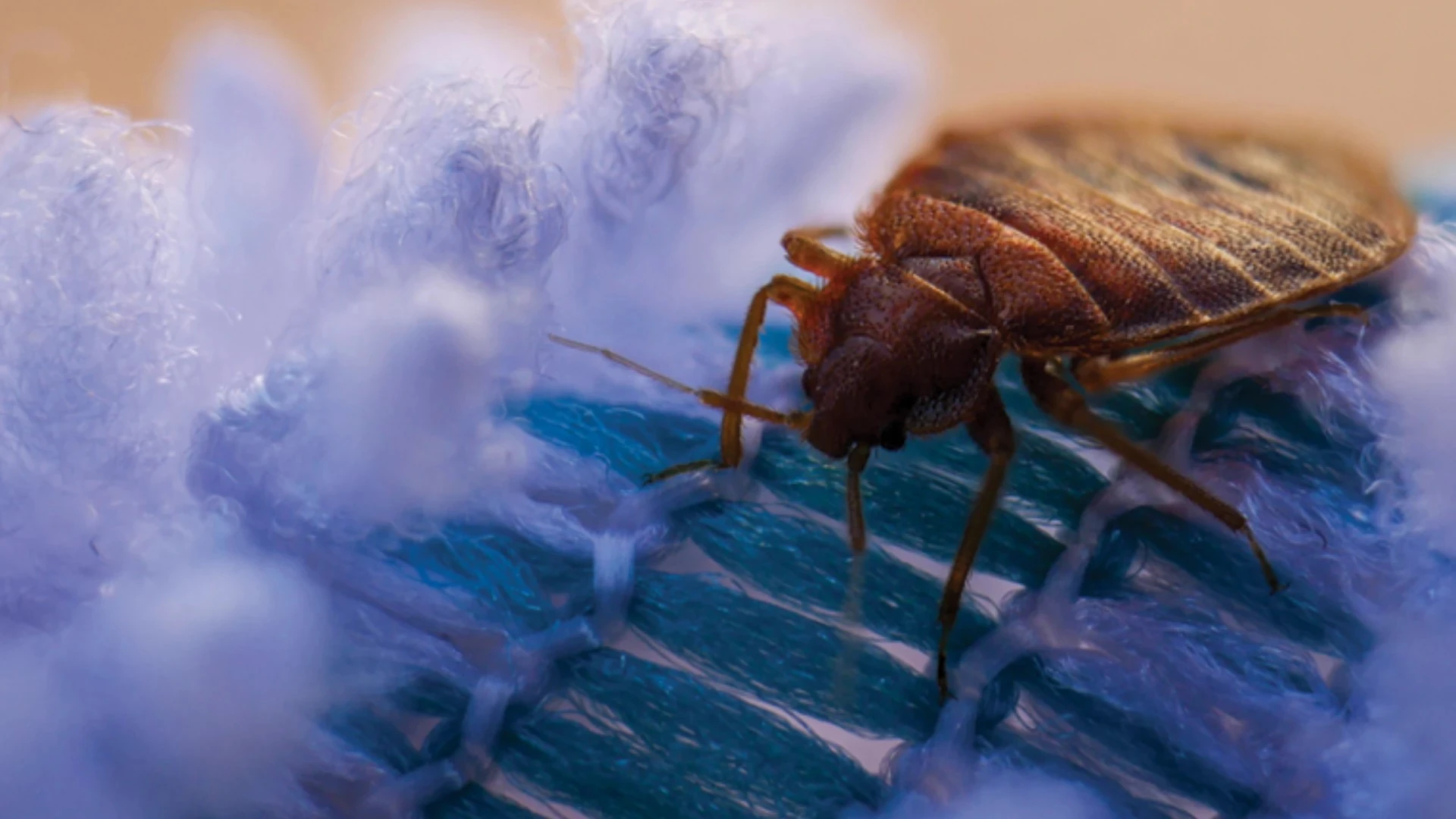
 About The Western IPM Center’s Bed Bug Work Group
About The Western IPM Center’s Bed Bug Work Group
Editor’s note: A consortium of university researchers have conducted a comprehensive survey that provides new insights into professional bed bug management in low-income, multi-unit housing. The following article was lead-authored by Andrew Sutherland, University of California Statewide IPM Program; and co-authored by University of California Riverside’s Dong-Hwan Choe; University of California Berkeley’s Vernard Lewis; Colorado State University’s Deborah Young; New Mexico State University’s Alvaro Romero; University of Hawaii, Manoa’s Helen Spafford; and University of Arizona’s Dawn Gouge.
 Bed bug management is especially challenging in public and subsidized housing environments, apartments, and other low-income, multi-unit housing (MUH) situations. In these environments, high rates of resident turnover, lack of economic and educational resources, ease of bed bug dispersal between units, and communication barriers such as literacy and language limitations may all contribute to chronic infestations. Researchers and policymakers recognize the need to address this challenging situation and to design valuable and timely extension and applied research programs in order to assist pest management professionals (PMPs) engaged in this work. Data on bed bug incidence and management approaches in the western United States are lacking as compared to those on the Eastern Seaboard and in the Midwest. To this end, several western urban entomologists and extension specialists have recently formed a work group with funding provided by the USDA’s Western Integrated Pest Management Center (WIPMC). The first task of the WIPMC Bed Bug Work Group was to assess the current prevailing bed bug management practices in use, the most challenging aspects associated with bed bug management in MUHs, and the self-reported needs of the industry that may improve bed bug management outcomes in these environments. An online survey was developed and distributed nationally (pctonline.com), regionally (via Work Group members’ websites and personal networks), and in California (Target Specialty Products client lists) to capture these desired data. A total of 114 individual PMPs completed this survey, with over 76% of these responses coming from the targeted western region (AK, AZ, CA, CO, HI, ID, MT, NV, NM, OR, UT, WA, WY), mostly from California (60% of total responses). Data presented are from all 114 respondents. Most (64%) PMPs represented small businesses (less than 20 total employees), but some (15%) hailed from large pest control companies (100 or more total employees). Though considered a very experienced group of pest management professionals (average experience in pest control industry was 22.7 years), most had only started managing bed bugs during the past 10 years (mean duration of bed bug experience = 9.6 years), thus reflecting the recent resurgence of bed bugs as key urban pests in the United States. The number of PMPs responding to the survey was low compared to the total number of licensed individuals within the region. Therefore, we caution PCT’s readers to consider that our results and findings may differ from other and future surveys on PMP attitudes, behaviors, and practices involving bed bug detection and management. A summary of responses to the survey is as follows:
Bed bug management is especially challenging in public and subsidized housing environments, apartments, and other low-income, multi-unit housing (MUH) situations. In these environments, high rates of resident turnover, lack of economic and educational resources, ease of bed bug dispersal between units, and communication barriers such as literacy and language limitations may all contribute to chronic infestations. Researchers and policymakers recognize the need to address this challenging situation and to design valuable and timely extension and applied research programs in order to assist pest management professionals (PMPs) engaged in this work. Data on bed bug incidence and management approaches in the western United States are lacking as compared to those on the Eastern Seaboard and in the Midwest. To this end, several western urban entomologists and extension specialists have recently formed a work group with funding provided by the USDA’s Western Integrated Pest Management Center (WIPMC). The first task of the WIPMC Bed Bug Work Group was to assess the current prevailing bed bug management practices in use, the most challenging aspects associated with bed bug management in MUHs, and the self-reported needs of the industry that may improve bed bug management outcomes in these environments. An online survey was developed and distributed nationally (pctonline.com), regionally (via Work Group members’ websites and personal networks), and in California (Target Specialty Products client lists) to capture these desired data. A total of 114 individual PMPs completed this survey, with over 76% of these responses coming from the targeted western region (AK, AZ, CA, CO, HI, ID, MT, NV, NM, OR, UT, WA, WY), mostly from California (60% of total responses). Data presented are from all 114 respondents. Most (64%) PMPs represented small businesses (less than 20 total employees), but some (15%) hailed from large pest control companies (100 or more total employees). Though considered a very experienced group of pest management professionals (average experience in pest control industry was 22.7 years), most had only started managing bed bugs during the past 10 years (mean duration of bed bug experience = 9.6 years), thus reflecting the recent resurgence of bed bugs as key urban pests in the United States. The number of PMPs responding to the survey was low compared to the total number of licensed individuals within the region. Therefore, we caution PCT’s readers to consider that our results and findings may differ from other and future surveys on PMP attitudes, behaviors, and practices involving bed bug detection and management. A summary of responses to the survey is as follows:

PMPs’ Attitudes, Beliefs, Observations.
 Most respondents (73%) believed that bed bug infestations had increased in 2014 as compared to 2013 while some (22%) believed that the levels of infestation had not changed during this period. This trend was stable when considering responses from different regions and states, suggesting that bed bug incidence may be increasing throughout the nation. Virtually half (49%) of all respondents considered summer to be the season with the most calls for bed bug services, while another large proportion (44%) reported no differences between seasons. It is unclear whether summer incidence may be driven by increased human travel, increased ambient temperature, or some combination of these and perhaps unknown factors. Though resistance to insecticides within bed bug populations has been a concern for some time now, the majority (57%) of respondents in this survey did not believe they had encountered resistance in the field. This was true even when considering data only from the Midwest and the Eastern Seaboard, where resistance in field populations has been reported as widespread. Furthermore, though insecticide resistance may be more easily recognized by those with the most years working in the field, the level of experience of respondents had no effect on this reported belief. MUHs, the focus of this survey, were considered by most respondents to harbor the worst (highest density) bed bug infestations, to be the most difficult locations in which to manage bed bugs, and to be the locations most often treated by their companies (96%, 65%, 74%, respectively) (Figure 1, above). Hotels/motels and shelters were also believed to harbor high-density infestations. After MUHs, hotels/motels and single-family homes were regarded as difficult locations in which to manage bed bugs as well as the locations most often treated. Close to three quarters of respondents reported that they believe bed bug eradication to be a possibility in all cases; while 26% acknowledged that they believe there are situations in which eradication is not possible, citing situations and locations where this might be the case such as when unit preparation is lacking and clutter is present in low-income apartment buildings and shelters. A related question asked respondents to list what they considered to be the biggest customer-oriented challenges to providing bed bug management services. Common themes reported by respondents included lack of preparation, clutter, lack of client cooperation, reintroductions, lack of education, misinformation (usually from online resources), high costs, and language barriers (Figure 2, below).
Most respondents (73%) believed that bed bug infestations had increased in 2014 as compared to 2013 while some (22%) believed that the levels of infestation had not changed during this period. This trend was stable when considering responses from different regions and states, suggesting that bed bug incidence may be increasing throughout the nation. Virtually half (49%) of all respondents considered summer to be the season with the most calls for bed bug services, while another large proportion (44%) reported no differences between seasons. It is unclear whether summer incidence may be driven by increased human travel, increased ambient temperature, or some combination of these and perhaps unknown factors. Though resistance to insecticides within bed bug populations has been a concern for some time now, the majority (57%) of respondents in this survey did not believe they had encountered resistance in the field. This was true even when considering data only from the Midwest and the Eastern Seaboard, where resistance in field populations has been reported as widespread. Furthermore, though insecticide resistance may be more easily recognized by those with the most years working in the field, the level of experience of respondents had no effect on this reported belief. MUHs, the focus of this survey, were considered by most respondents to harbor the worst (highest density) bed bug infestations, to be the most difficult locations in which to manage bed bugs, and to be the locations most often treated by their companies (96%, 65%, 74%, respectively) (Figure 1, above). Hotels/motels and shelters were also believed to harbor high-density infestations. After MUHs, hotels/motels and single-family homes were regarded as difficult locations in which to manage bed bugs as well as the locations most often treated. Close to three quarters of respondents reported that they believe bed bug eradication to be a possibility in all cases; while 26% acknowledged that they believe there are situations in which eradication is not possible, citing situations and locations where this might be the case such as when unit preparation is lacking and clutter is present in low-income apartment buildings and shelters. A related question asked respondents to list what they considered to be the biggest customer-oriented challenges to providing bed bug management services. Common themes reported by respondents included lack of preparation, clutter, lack of client cooperation, reintroductions, lack of education, misinformation (usually from online resources), high costs, and language barriers (Figure 2, below).

Behaviors and Practices.
One of the main goals of this survey was to determine what kinds of bed bug management services were most commonly offered in MUHs. Based on a previous in-person survey conducted at the UC Riverside Urban Pest Management Conference, our work group hypothesized that most pest management services were reactive and performed in response to tenant complaints, perhaps due to the limited economic resources available to this customer base. Similarly, we posited that services rendered were less likely to be proactive, with an emphasis on prevention, and informed by regular monitoring. According to our survey, 54% of responding PMPs’ companies offered regular monitoring programs for MUH customers. It was unclear how often such offers were accepted as part of the service contract. Presumably, 46% of respondent companies do not offer such services and will only know bed bugs are present after a tenant complaint or random detection by MUH staff. When considering the different methods of monitoring for bed bugs, visual inspections were reported as the most widespread; 98% of respondents reported employing this method ‘most of the time’. As is often discussed within the industry, such inspections are quite time-consuming and labor intensive, but, provided a thorough and experienced inspector, can be accurate at detecting some infestations. Small and/or new infestations, consisting of a few bugs only, may often be missed using this method. Additional detection methods were ‘sometimes’ used (Figure 3, below), including active monitors (38% of respondents), glue boards (33%), pitfall traps/interceptors (29%), and harborage traps (25%). Canine detection, considered by some to be the most accurate and efficient manner in which to detect small infestations in complex environments, was reportedly ‘never’ used by 58% of respondents, although 20% reported employing such services ‘sometimes’ and 8% claimed to use canines ‘most of the time’.

We also wondered what management tactics were predominately being used; did PMPs rely on insecticides, or were nonchemical methods used as well? Once bed bugs had been detected, or perhaps in reaction to complaints, an insecticide application was reported as the most common management tactic (Figure 4, above), with 94% of respondents reporting their use ‘most of the time’. Other tactics used ‘most of the time’ included the use of desiccants (57% of respondents), mattress/box spring encasements (50%), and vacuums (42%). Several nonchemical management tactics seemed far less common, with the largest proportion of respondents reporting to ‘never’ use them; these included spot freezing (95% of respondents), heat chambers or containers (60%), volumetric heat (53%), steam (44%), and exclusion (sealing of cracks and crevices) (35%). Use of mattress/box spring encasements impregnated with insecticides is also apparently low, with 77% of respondents indicating they ‘never’ use them. Unit preparation services were reported as being provided ‘most of the time’ by 40% of respondents and ‘sometimes’ by 18% of respondents.

Of those respondents reporting insecticide use as one of their management tactics, 81% used liquid formulations, 71% used dusts, 62% used aerosols, 23% used fumigants, and 14% used impregnated resin strips. Common active ingredients (Figure 5, above) employed within liquid formulations included neonicotinoid/pyrethroid combinations, chlorfenapyr, and pyrethroids. Common active ingredients within dust / powdered formulations included the neonicotinoid dinotefuran, pyrethrins, and pyrethroids (especially deltamethrin). Common active ingredients within aerosol formulations included chlorfenapyr, pyrethroids (especially phenothrin), and neonicotinoid/pyrethroid combinations (especially phenothrin combined with imidacloprid). Of those PMPs who reported using insecticides as part of their service program in MUHs, many reported making applications directly to beds; 71% had treated bed frames, 71% had treated box springs, and 57% had treated mattresses.
In order to describe the time and money spent to deliver a typical bed bug management service, we asked respondents to estimate the average number of effort-hours (# of employees used multiplied by time, in hours) required for initial inspections and treatments in MUHs. According to our survey respondents, an initial inspection for bed bugs in a MUH requires less than one effort-hour (0.83 + 0.06, mean + SEM) per unit while an initial treatment requires almost four effort-hours (3.8 + 0.45) per unit. Respondents also reported making between two and three visits (2.4 + 0.11) over the course of about a month (3.9 + 0.30 weeks) in order to complete a bed bug job in one MUH unit.
 Education is a very important component of an IPM program. Clients and employees need to be able to identify pests early in an infestation and to avoid behaviors and practices likely to lead to pest infestations; this is especially true when considering bed bugs in MUHs. Every one of the PMPs responding to our survey reported using some kind of method to educate about bed bug biology and ecology, prevention, and management tactics to be used, though these educational efforts were far more likely to have been directed towards employees in the pest control company. Management and staff at MUHs being served were less likely subjects of this education, and tenants at MUHs rarely (reported by less than 30% of respondents) received these educational programs. The educational component of bed bug IPM appears to be one on which the pest control industry may be able to improve.
Education is a very important component of an IPM program. Clients and employees need to be able to identify pests early in an infestation and to avoid behaviors and practices likely to lead to pest infestations; this is especially true when considering bed bugs in MUHs. Every one of the PMPs responding to our survey reported using some kind of method to educate about bed bug biology and ecology, prevention, and management tactics to be used, though these educational efforts were far more likely to have been directed towards employees in the pest control company. Management and staff at MUHs being served were less likely subjects of this education, and tenants at MUHs rarely (reported by less than 30% of respondents) received these educational programs. The educational component of bed bug IPM appears to be one on which the pest control industry may be able to improve.
In brief summary, responding PMPs reported substantial use of many different bed bug detection and control methods, though visual inspections and insecticide applications were clear mainstays. Regular monitoring programs and the use of several complementary control methods are primary components of urban IPM, advocated for strongly by members of our Work Group. We will consider these data as we work collaboratively with regional PMPs to design effective IPM programs for bed bugs in MUHs.
Researcher/Government Role.
How can university researchers and the government help? Survey respondents were also asked open-ended questions about how the government and land-grant universities could help them to provide quality IPM services for bed bugs in low-income MUHs and about what kinds of specific resources would be most helpful. Respondents provided a myriad of suggestions, with common themes such as continued applied research, insecticide efficacy studies, increased grant money and other funding opportunities, and development of educational materials, especially online resources. Now established, the WIPMC Bed Bug Work Group will use this information to steer the research and extension programs of its members for years to come. Click on the QR code to view the online survey and provide your own voice (it’s not too late).

Explore the September 2015 Issue
Check out more from this issue and find your next story to read.
Latest from Pest Control Technology
- Rentokil Terminix Expanded in Key Markets with 2024 Acquisitions
- In Memoriam: Joe Cavender
- Certus Acquires Green Wave Pest Solutions
- Liphatech Adds Alex Blahnik to Technical Team
- Do the Right Sting: Stinging Insect Identification, Management, and Safety
- VAGA's 8th Annual Veterans Thanksgiving Appreciation Dinner
- Clark's Blair Smith on the Response to Increased Dengue Fever Cases in Southern California
- WSDA, USDA Announce Eradication of Northern Giant Hornet from U.S.





